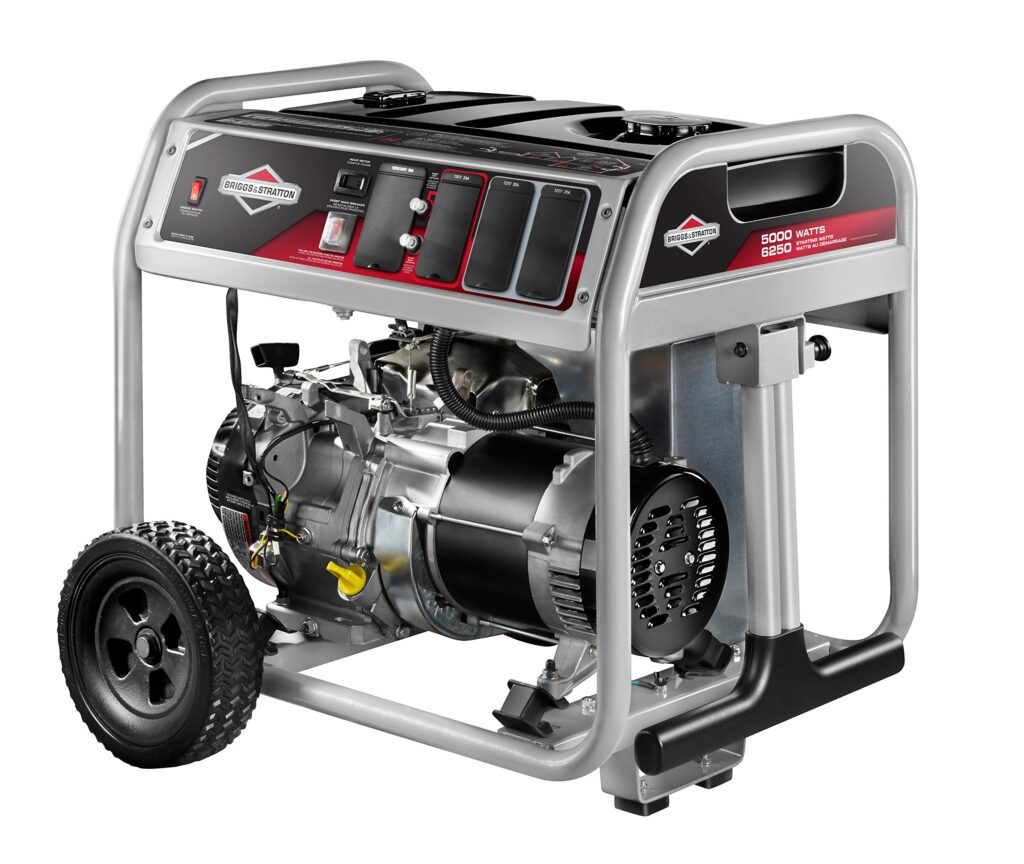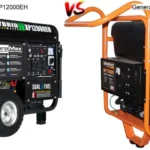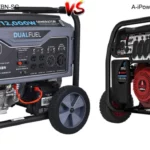Generators are one of the most important pieces of equipment to have when dealing with an emergency situation. They provide a way to keep your lights, appliances and other electronic gadgets powered up when the power is out. But selecting the right generator can be confusing and understanding generator starting watts is a crucial factor to consider. This article will provide you with an in-depth understanding of generator starting watts, reviews of the best models available, and helpful tips on how to properly use and maintain them.
What are Generator Starting Watts?
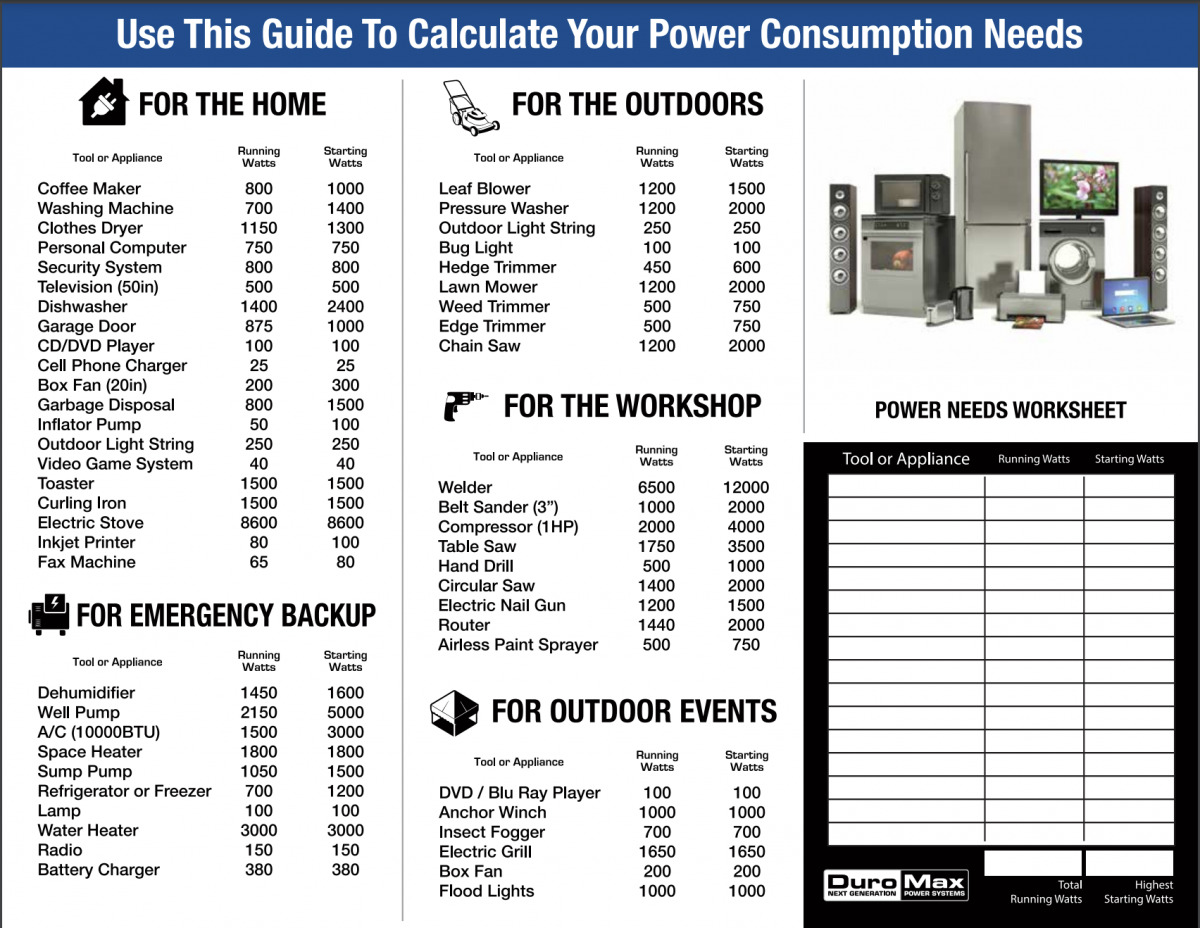
Generator starting watts are the amount of power that a generator can produce when starting up. This is usually higher than the running watts, which is the amount of power the generator can produce when running. Generator starting watts are important to understand when selecting a generator for your needs.
Generator starting watts are typically measured in kilowatts (kW) or watts (W). The wattage of a generator determines how many appliances, electronics, and other devices it can power at one time. If you select a generator with too low of a wattage, it may not be able to handle the power needs of your home or business.
- Generator starting watts are the amount of power a generator can produce when starting up.
- This is usually higher than the running watts, which is the amount of power the generator can produce when running.
- Generator starting watts are typically measured in kilowatts (kW) or watts (W).
- The wattage of a generator determines how many appliances, electronics, and other devices it can power at one time.
- If you select a generator with too low of a wattage, it may not be able to handle the power needs of your home or business.
Generator Starting Watts Explained
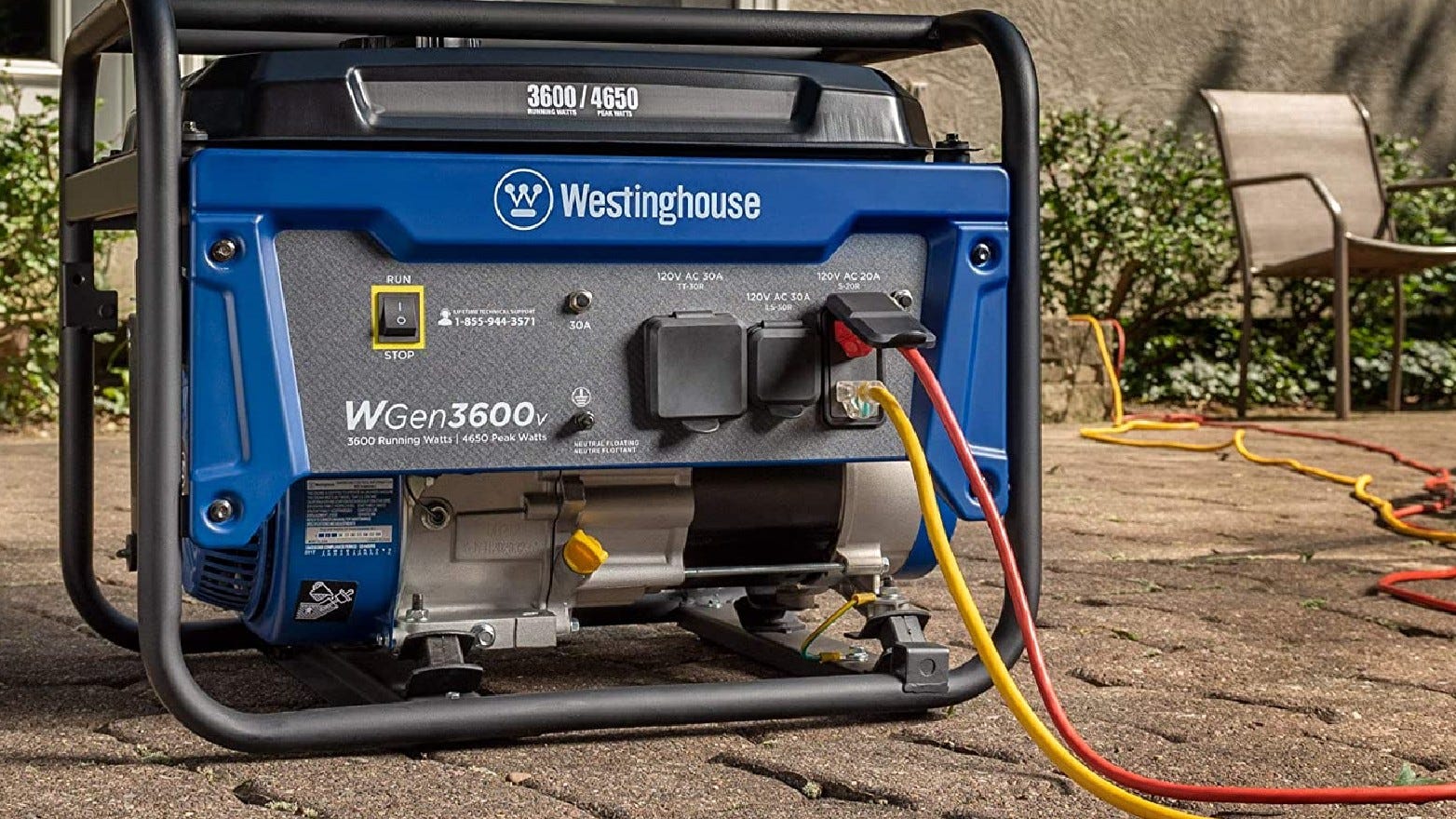
When choosing a generator, it is important to understand the concept of starting watts. This is the extra power required to start a motor-driven appliance. Starting watts are usually two or three times greater than running watts.
| Type of Generator | Starting Watts | Running Watts |
|---|---|---|
| Portable Generator | 3000-5000 | 1000-3000 |
| Standby Generator | 10000-15000 | 3000-10000 |
For example, a small portable generator may require 5000 watts to start, but only 1000 watts to run. While a standby generator may require 15000 watts to start, but only 3000 watts to run.
It is important to understand the starting watts of an appliance before you purchase a generator. If you buy a generator with too few starting watts, it may not be able to start your appliance. On the other hand, if you purchase a generator with too many starting watts, you may be paying for power you don’t need.
When selecting a generator, choose one that has enough starting watts for the appliances you plan to use. Consider the wattage ratings for both starting and running watts, and choose a generator that is adequate for your needs.
Generator Starting Watts vs. Running Watts
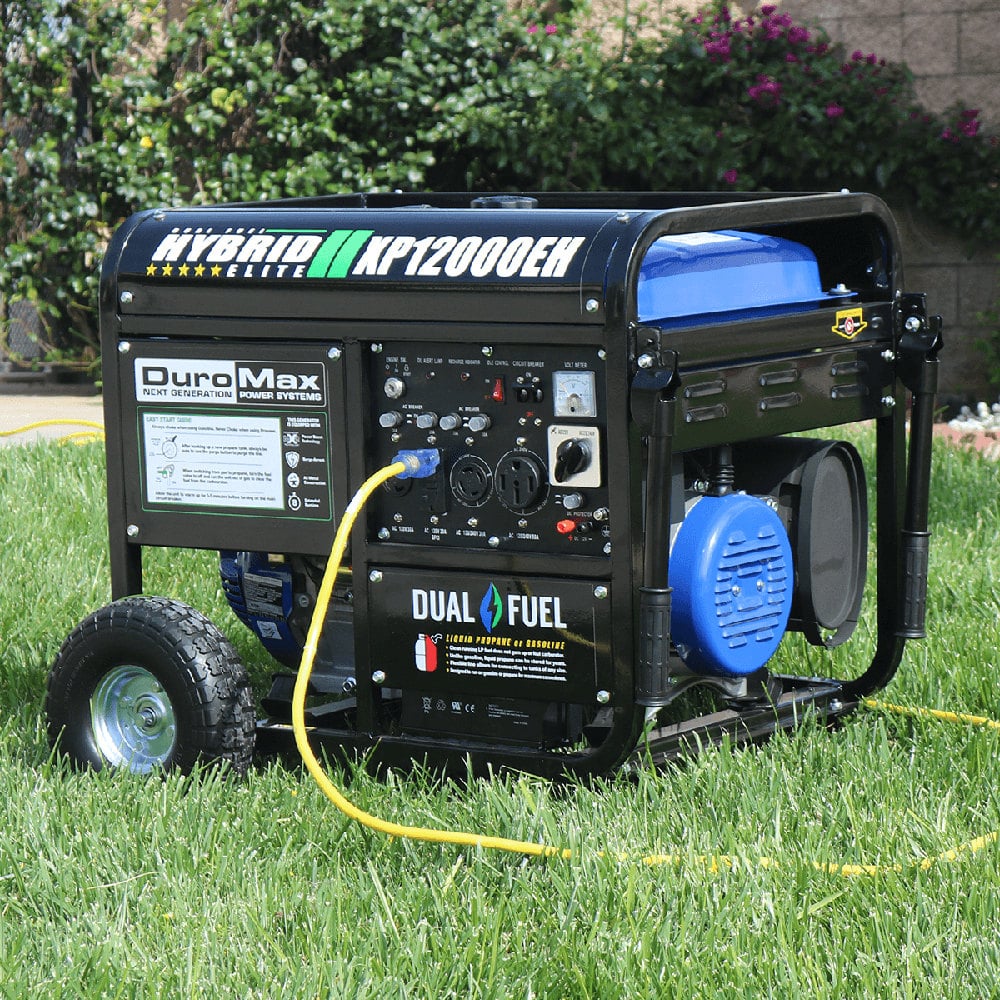
When shopping for a generator, you will likely come across the terms “Starting Watts” (also referred to as “Surge Watts”) and “Running Watts.” These terms refer to the amount of power a generator can produce. Knowing the difference between these two terms is essential for selecting the right generator for your needs.
Starting Watts, or Surge Watts, is the amount of power a generator can produce for a short period of time. This is the amount of power a generator needs to start up or power up a motor. Many generators are rated in “peak” or “maximum” starting watts, which is the amount of power the generator can produce when it first starts up.
Running Watts, also known as “Continuous Watts,” is the amount of power a generator can produce for an extended period of time. This is the amount of power a generator needs to run motors, appliances, and other devices. Many generators are rated in “running watts,” which is the amount of power the generator can continuously produce over time.
| Term | Definition |
|---|---|
| Starting Watts (Surge Watts) | The amount of power a generator can produce for a short period of time. |
| Running Watts (Continuous Watts) | The amount of power a generator can produce for an extended period of time. |
When selecting a generator, it is important to consider both starting watts and running watts. If you are using a generator to power up a motor, you will need to make sure the generator has enough starting watts. If you are using a generator to power appliances and other devices, you will need to make sure the generator has enough running watts.
Effect of Generator Starting Watts on Electrical Loads

Generator starting watts, also known as peak watts, refer to the maximum power a generator can produce when starting up. These watts are typically more than the generator’s running watts, making it important to understand the effect of generator starting watts when considering the best generator for your needs.
Impact on Electrical Loads
Generator starting watts can have a major impact on the electrical loads your generator can support. Here’s how:
- When starting up, motors, compressors, and other large appliances that require a lot of energy to start require a surge of power. This surge of power is referred to as the starting watts.
- Depending on the size of the motor and the amount of power required to start it, the starting watts can be substantially higher than the running watts.
- If the generator doesn’t have enough starting watts, it won’t be able to start the motor or other appliance.
- Generators with higher starting watts can handle larger electrical loads and can start more powerful motors and appliances.
Calculating Starting Watts
To ensure that your generator has enough starting watts to support your electrical loads, you’ll need to calculate the starting watts for each of your appliances. Here’s how to do this:
- Look up the wattage rating for each appliance you plan to use with the generator.
- Divide the wattage rating by the voltage the appliance runs on (usually 120V for US appliances). For example, if the wattage rating is 1000W, divide that by 120V to get 8.3A.
- Multiply the current (in amps) by the voltage to calculate the starting watts. For example, 8.3A x 120V = 1000W.
- Add up the total starting watts for all appliances to get the total starting wattage you’ll need your generator to produce.
Conclusion
It’s important to understand the effect of generator starting watts when considering the best generator for your needs. Calculating the starting watts for each appliance you plan to use with the generator will help you determine the total starting wattage you’ll need your generator to produce and ensure that it is capable of supporting your electrical loads.
Generator Starting Wattage Considerations
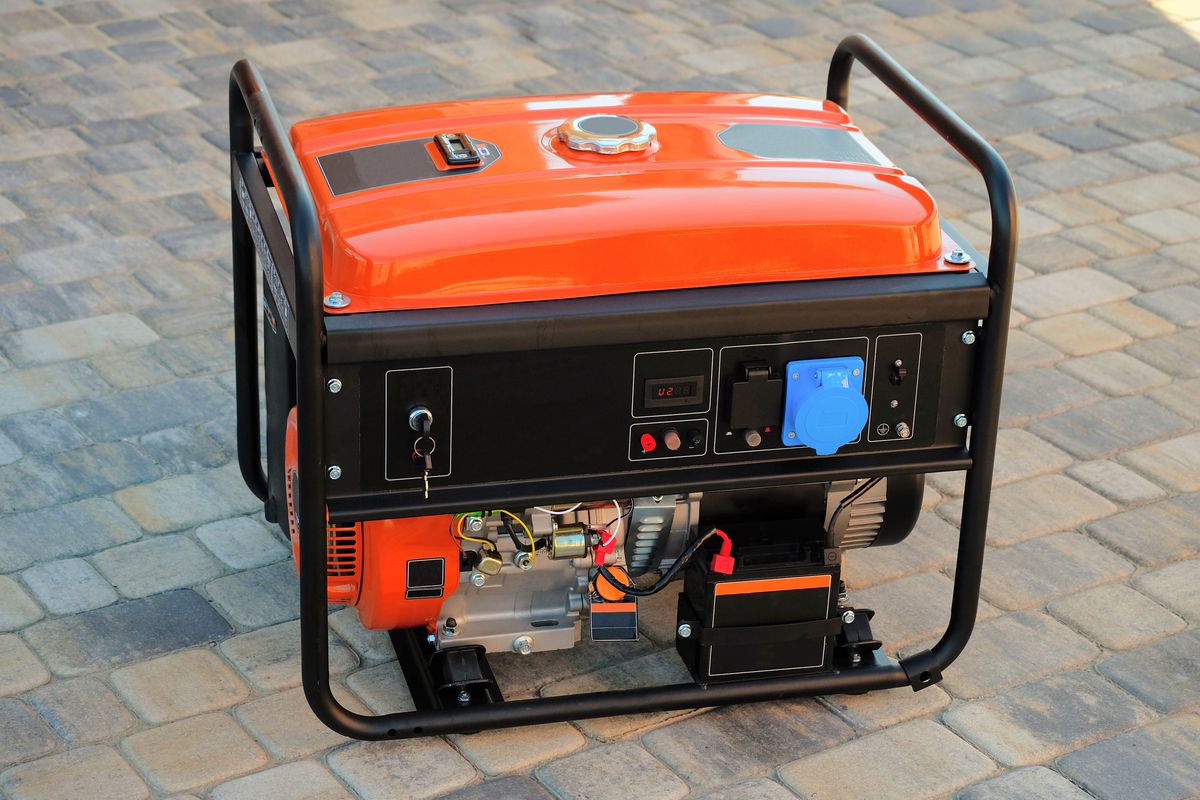
When purchasing a generator, it is important to consider the starting wattage requirements. Starting wattage is the amount of power the generator needs to start and run motors, such as those found in air conditioners, refrigerators, pumps and power tools.
To determine the amount of starting wattage required, it is important to understand the power requirements of the motor or appliance that is being powered. The starting wattage for an appliance or motor will be greater than the wattage required to keep the device running.
| Motor or Appliance | Running Wattage | Starting Wattage |
|---|---|---|
| Air Conditioner | 1000 Watts | 3000 Watts |
| Refrigerator | 500 Watts | 1500 Watts |
| Power Tool | 200 Watts | 800 Watts |
It is important to add up the starting wattage requirements for all of the motors or appliances it will be necessary to power and then add a minimum of 25 percent to that figure to ensure the generator will have adequate starting wattage.
For example, if a generator is needed to power an air conditioner and a refrigerator, the total starting wattage required would be 4500 Watts (3000 Watts for the air conditioner and 1500 Watts for the refrigerator). To ensure the generator has adequate wattage, it should have a starting wattage of at least 5625 Watts (4500 Watts plus 25 percent).
When purchasing a generator, it is important to understand the starting wattage requirements of the motors or appliances it is being used to power. Adding 25 percent of the total starting wattage requirement will help ensure the generator has enough power to start and run all of the necessary motors or appliances.
How to Choose the Right Generator Starting Watts

Choosing the right generator starting watts is essential to ensure that you have enough power to run the appliances you need. It is important to understand the power requirements of your appliances, as well as how much starting watts you will need. Here are some tips to help you choose the right generator starting watts for your needs.
Step 1: Calculate the Wattage of Your Appliances
The first step in choosing the right generator starting watts is to calculate the wattage of your appliances. To do this, you will need to look up the wattage ratings for each appliance you plan to run. You can find this information in the owner’s manual or on the appliance itself.
Step 2: Calculate the Starting Watts Needed
Once you know the wattage of your appliances, you can calculate the starting watts needed to power them. Start by adding up the wattage ratings of all the appliances you plan to use. Then, multiply this number by 1.5 to get the total starting watts required. This will ensure that you have enough power to start the motor on each appliance.
Step 3: Choose the Right Generator
Once you have determined the total starting watts needed, you can choose the right generator. Look for a generator that can provide at least the total starting watts required. It is also important to consider the size and weight of the generator, as well as how much fuel it can hold.
Step 4: Consider Other Features
When choosing the right generator, you should also consider other features such as noise level, portability, warranty, and maintenance costs. Consider these factors when comparing different models to find the generator that best suits your needs.
Conclusion
Choosing the right generator starting watts is essential to ensure that you have enough power to run your appliances. To do this, you will need to calculate the wattage of your appliances and then use this number to find a generator that can provide the total starting watts required. You should also consider other features such as noise level, portability, warranty, and maintenance costs. Following these tips will help you find the right generator for your needs.
Generator Starting Watts and Safety

When selecting a generator, it is important to consider the generator’s starting watts, as this affects the safety of its operation. Starting watts are the amount of power required to start large motor-driven appliances and tools, such as refrigerators, air conditioners, and power saws.
To ensure safety, here are some tips to keep in mind when determining the appropriate generator starting watts:
- Check the wattage rating of each appliance or tool that you plan to power and add together the wattage ratings of all items you plan to use on the generator.
- Choose a generator with a starting wattage that is at least 25-40% higher than the combined wattage ratings of all the items you plan to power.
- Be mindful of the wattage requirements for motor-driven tools that require a surge of power when starting. These items will require a generator with a higher starting wattage. For example, a power saw requires a surge of up to 2 to 3 times its rated wattage to start.
- Check the wattage rating of the generator’s receptacles and make sure they can handle the wattage of the items you plan to power.
By following these tips, you can ensure the safety of your generator when starting and powering your appliances and tools.
Generator Starting Watts and Maintenance
Generator starting watts refer to the amount of power a generator needs to start up and run an appliance or tool. It is important to understand how to calculate the required starting watts for your generator in order to ensure that it runs safely and efficiently.
When selecting a generator, it is important to consider its starting watts as well as its running watts. Starting watts are typically higher than running watts, and the difference between the two will determine the size of the generator you will need. Generally, the higher the starting wattage, the bigger the generator you will need.
When calculating the starting watts for a generator, it is important to take into account the power requirements of the appliance or tool you will be using. For example, electric motors typically require three times their running watts in order to start up. Therefore, it is important to calculate the starting watts for electric motors by multiplying the running watts by three.
In addition to understanding the power requirements of the appliances and tools you will be using, it is also important to understand the generator’s maintenance needs. Generators require regular maintenance in order to stay in good working order and to ensure that they are running safely and efficiently. This includes regular oil changes, air filter changes, and spark plug checks. It is also important to check the fuel lines and fuel filter for any signs of wear or damage.
Finally, it is important to store the generator in a safe location and to keep it covered when not in use. This will help to protect the generator from weather and other outdoor elements.
By understanding the generator starting watts and performing regular maintenance, you can ensure that your generator runs safely and efficiently.
Frequently Asked Questions
1. What is the difference between peak watts and running watts on a generator?
Generators are rated in watts and the two most important ratings are peak watts and running watts. Peak watts are the maximum output a generator can provide while running watts are the amount of power the generator can provide while running a load.
- Peak Watts: Peak watts are the maximum output a generator can provide at any given time. It is usually higher than the running watt rating and not sustainable for long periods of time.
- Running Watts: Running watts are the amount of power a generator can provide for prolonged periods of time. This rating is often the most important when considering the size of generator you need for the power you need.
When purchasing a generator, it is important to understand the difference between peak watts and running watts in order to make sure you get the right size generator for your needs. It is also important to note that the wattage ratings of a generator can vary from model to model.
2. What is the difference between starting watts and running watts on a generator?
When it comes to powering up your home, a generator can be a great asset. Generators are rated for their power output in two different ways: starting watts and running watts. It’s important to understand the difference between the two so that you can choose the right generator with the right power output for your needs.
- Starting Watts: Starting watts, also known as peak watts or maximum watts, is the surge wattage required to start up a motor-driven appliance, such as a refrigerator, washing machine, or air conditioner. Starting watts are usually two to three times higher than running watts.
- Running Watts: Running watts, also known as rated watts or continuous watts, is the steady wattage required to keep an appliance running. This is the wattage that you can expect your generator to produce over an extended period of time. Running watts are usually lower than starting watts.
When choosing a generator, it is important to make sure that it has enough power output to start up your appliances. The rated wattage for each appliance is usually listed on a label on the appliance itself. When in doubt, opt for a generator with a higher wattage rating to ensure that it can handle all of your power needs.
3. How does generator starting watts compare to running watts?
Generator starting watts and running watts are two important measurements for sizing a generator for a specific application. Starting watts are the surge of power required to start an electric motor, while running watts are the constant, sustained power needed to keep a machine running.
- Starting watts: Starting watts are the amount of power needed to start an electric motor. They are usually much higher than running watts and are only required for a few seconds.
- Running watts: Running watts are the amount of power needed to keep an electric motor running. This is usually the power needed to operate appliances or other motorized tools.
The actual wattage of a generator is determined by the sum of the starting watts and running watts of all the items it will be powering. To ensure that a generator has enough power for the intended application, it is important to calculate the total wattage of all the items that will be powered by the generator. This will help to determine the size of the generator needed to power the application.
4. What is the purpose of generator starting watts?
Generator starting watts is the amount of power that a generator needs to start up and run initially. This amount is typically higher than the continuous wattage, which is the amount of power that a generator can sustain once it is running. Generator starting watts is also known as maximum wattage or starting surge power.
The purpose of generator starting watts is to ensure that a generator can handle the initial power surge when it is initially started. This power surge is caused by large motors, such as those found in refrigerators, air conditioners, and other appliances. Without the ability to handle this initial surge, a generator may fail to start or may shut down due to the overload.
- Generator starting watts is the amount of power that a generator needs to start up and run initially.
- This amount is typically higher than the continuous wattage.
- The purpose of generator starting watts is to ensure that a generator can handle the initial power surge when it is initially started.
- This power surge is caused by large motors, such as those found in refrigerators, air conditioners, and other appliances.
- Without the ability to handle this initial surge, a generator may fail to start or may shut down due to the overload.
5. How Does Generator Running Watts Compare to Starting Watts?
Generator running watts and starting watts are two important terms to understand when considering the power of a generator. Running watts is the amount of power that the generator can consistently produce while running, while starting watts is the surge power that the generator can temporarily produce when it is first activated. The difference between the two can be significant, so it is important to know the difference between the two.
- Running Watts: The running watts of a generator refer to the amount of power that the generator can continuously produce without any disruption. This number is usually lower than the starting watts and is the most important number to consider when determining the power of a generator.
- Starting Watts: The starting watts of a generator refer to the amount of power that the generator can temporarily produce when it is first activated. This number is usually higher than the running watts, and is important to consider when powering devices that require a large power surge to start, such as a refrigerator or air conditioner.
When considering the power of a generator, it is important to consider both the running watts and the starting watts. While running watts is the most important number to consider, starting watts can also be important in certain applications. By understanding the difference between the two, you can better determine the right generator for your needs.
Conclusion
Generators are essential pieces of equipment for anyone who needs reliable power in a remote location or during a power outage. To ensure your generator meets your power needs, you must understand the different types of generator starting watts. Starting watts are the amount of power a generator needs to start running, while running watts are the amount of power it can put out while running. Additionally, make sure to understand the differences between surge watts and running watts.
When selecting a generator, make sure to look into the generator’s starting watts, running watts, and surge watts to ensure the generator can meet your power needs. Additionally, pay attention to the other features of the generator, such as its size, portability, fuel type, and runtime. Doing your research before making a purchase will ensure that you get the best generator for your needs.
References
- Kirk, J. (2018). How to Choose the Right Generator Size. Retrieved from https://www.generac.com/blog/how-to-choose-the-right-generator-size
- Cummins Inc. (n.d.). Generator Sizing Guide. Retrieved from https://www.cummins.com/content/dam/cummins/global/power-systems/documents/Generator-Sizing-Guide-EN.pdf
- Tecumseh Power Company. (n.d.). Starting and Running Watts Explained. Retrieved from https://tecumsehpower.com/starting-running-watts-explained/
- Generators Advisor. (2020). Starting Watts vs Running Watts – What’s the Difference?. Retrieved from https://generatorsadvisor.com/starting-watts-vs-running-watts/
